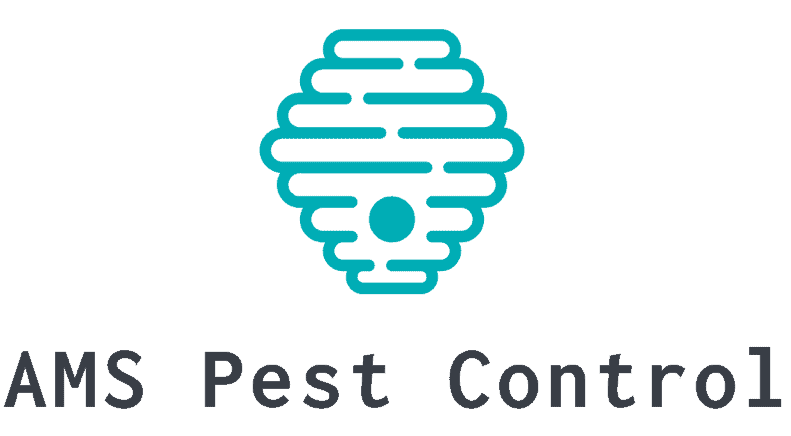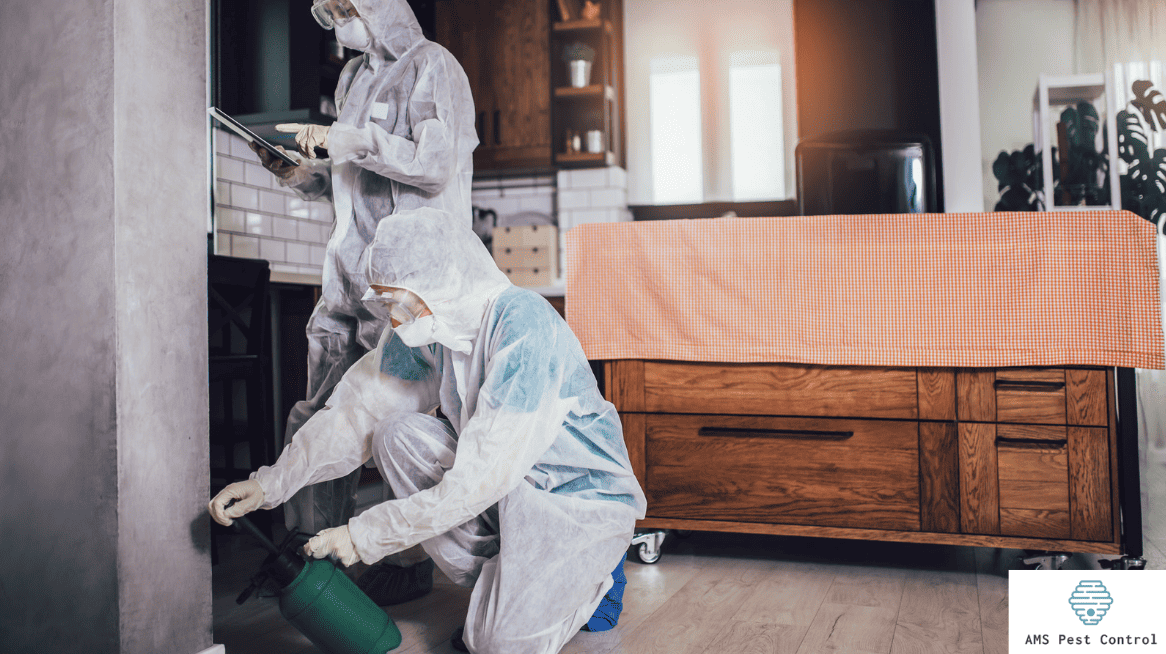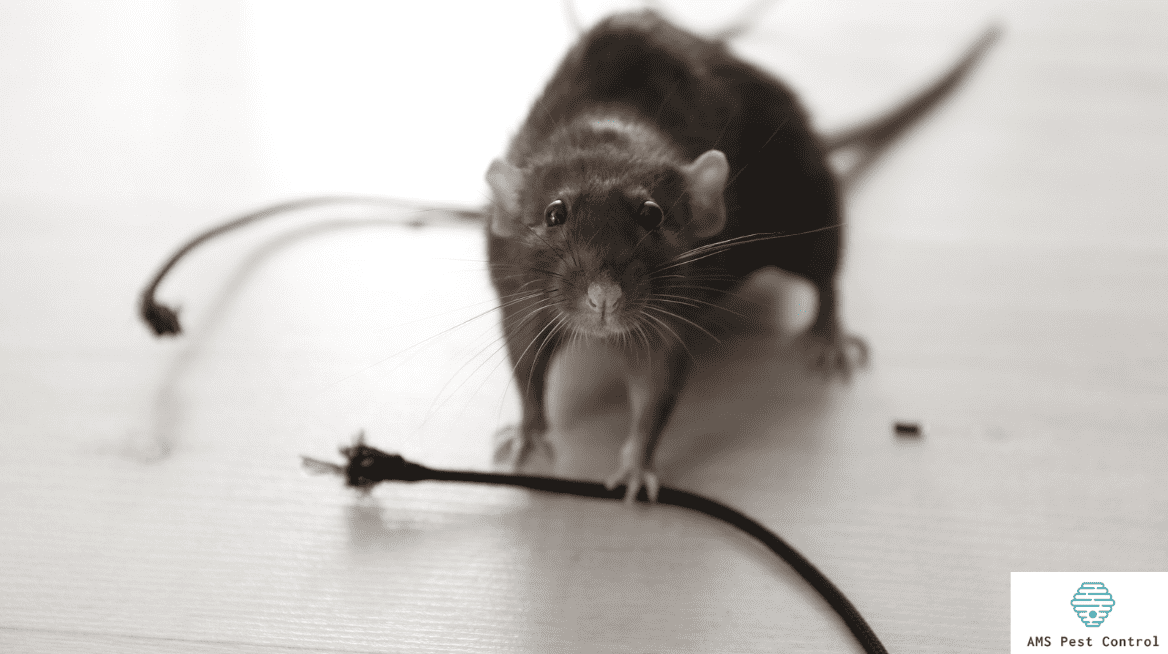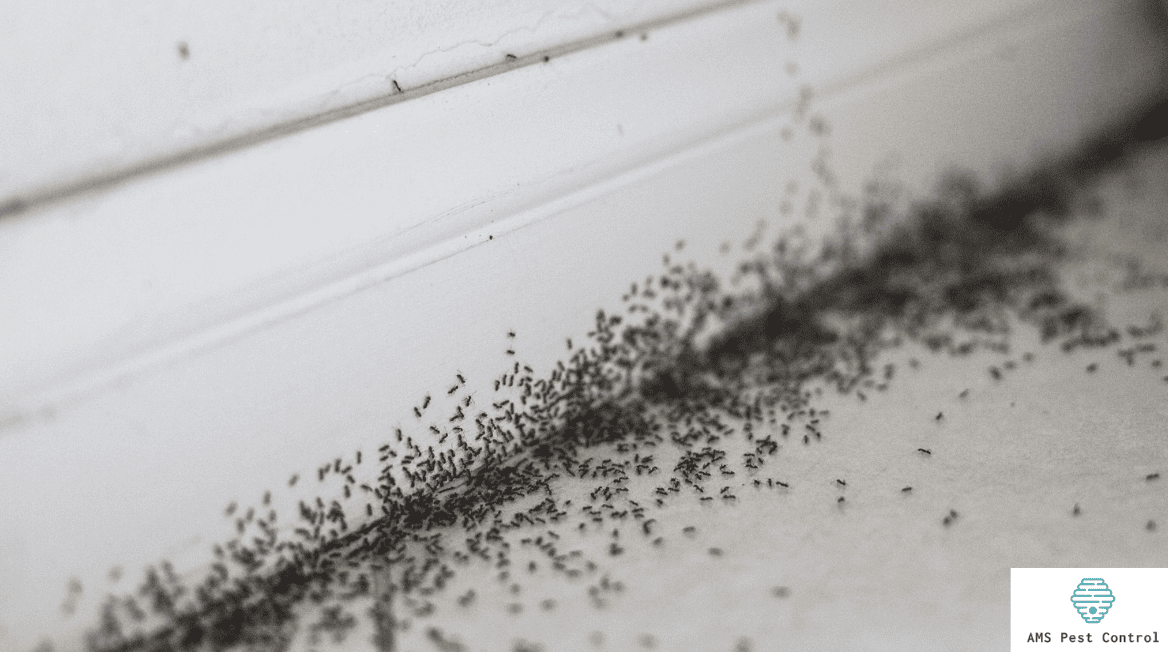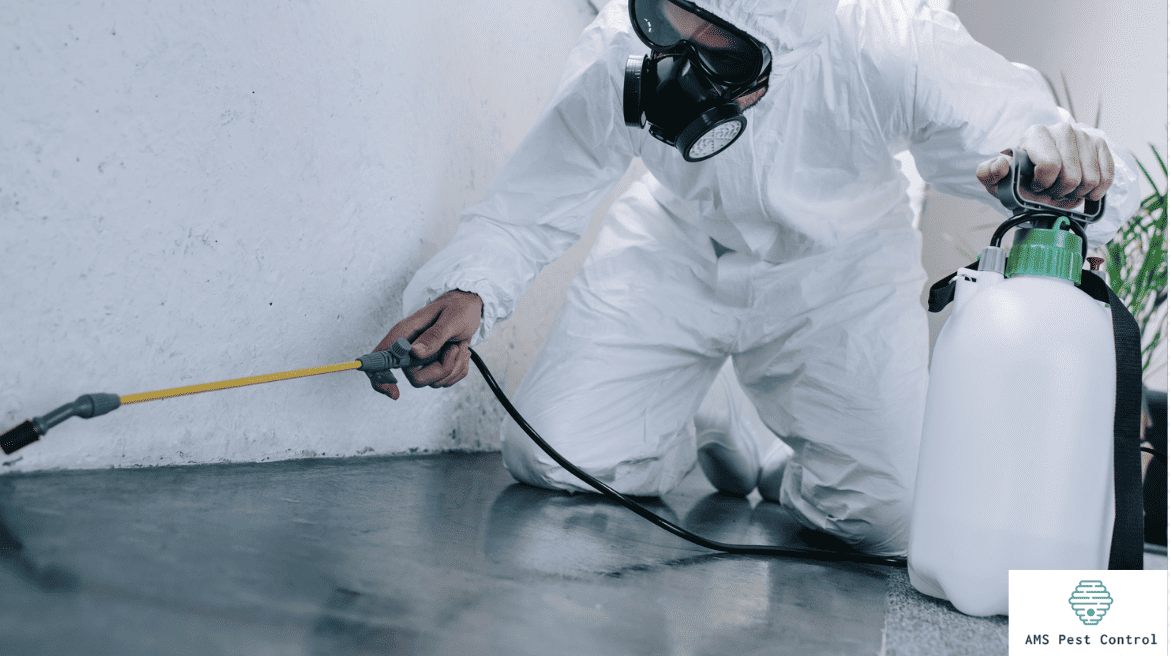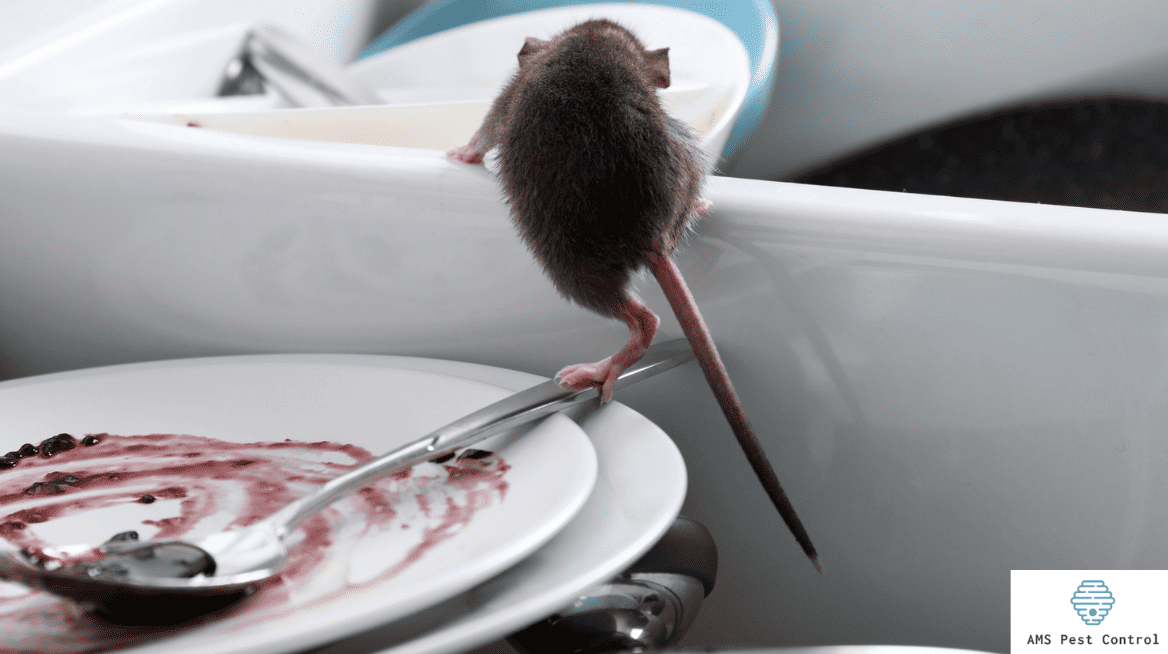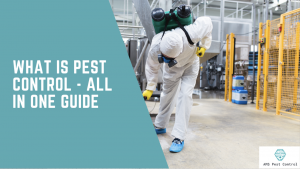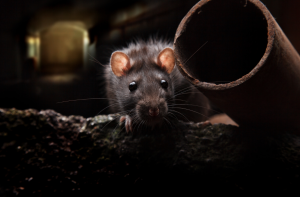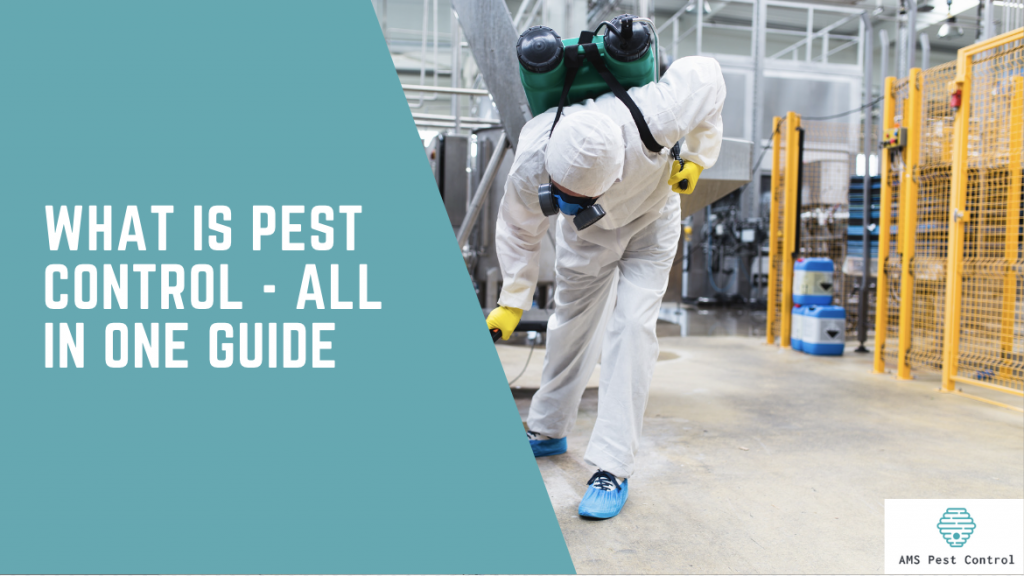
Pests can come in many different forms, each posing unique challenges. Therefore, you need various pest control techniques to deal with them effectively. See below our guide for everything you need to know about pest control services.
The Basics Of Pest Management
Managing pests is a process that deals with species known to disrupt activities that negatively affect human activities. The approach for pest management varies depending on the level of harm caused by the pest, ranging from issues where tolerance is key to proactive strategies and, in severe cases, complete eradication efforts. The chosen approach considers factors such as health risks, potential property damage and general discomfort caused by their presence.
Common Pest Control Methods
Some of the most common pest control methods include chemical treatments, more physical methods, barriers or traps, and biological controls.
Chemical Pest Control
Chemical pest control involves using pesticides, for example, to eliminate or manage pest populations. This method requires application and strict adherence to safety protocols to ensure the well-being of humans and the environment. Pesticides come in forms such as sprays, baits and powders. The choice of a pesticide depends on the type of pest involved and how severe the infestation is.
Physical Pest Control
Physical pest control encompasses a range of manual or mechanical methods of controlling pests, such as setting traps, installing barriers, or using devices that either remove or deter pests from a specific area. This method is often used for larger pests, like rodents, and in situations where the use of chemicals is not desirable or practical.
Biological Pest Control
Biological pest control utilises enemies of pests such as predators, parasites or pathogens to regulate pest populations. This approach is particularly popular in agricultural settings as it offers an environmentally sustainable alternative to chemical pesticides, helping maintain ecological balance while controlling pest populations.
Common Types of Pests
Pests vary widely, including rodents, insects like ants and bed bugs, and larger wildlife such as birds or raccoons. Each type of pest presents challenges and requires specific strategies for effective management and control. Understanding their behaviour, habitat and life cycle is crucial for implementing control measures.
Wasps
Wasps can be particularly bothersome, especially during the warmer months. They are known for their aggressive nature and painful stings. Wasps often build nests in sheltered spots like roof spaces, wall cavities, or in the ground. Controlling these pests effectively requires identifying and removing their nests, a task that is best left to professionals due to the risk of getting stung.
Bed Bugs
Bed bugs are insects that are hard to find and known for their bites, which can cause itching and discomfort. Typically, they hide in mattresses, bed frames and furniture. Getting rid of bed bugs requires an approach that often involves treatments and heat treatments. These pests can survive without feeding for months and have developed resistance to forms of pest control.
Rodents
Rodents like rats and mice are pests that can cause damage to property and pose health risks due to the diseases they carry. They are attracted to places with food sources and can build nests in various areas such as attics, basements and wall cavities. Effective rodent control usually includes a combination of trapping and proofing measures to prevent their entry into buildings and proper sanitation practices to remove any food sources.
Cockroaches
Cockroaches are resilient pests known for their ability to survive in various environments. They can often be found in kitchens and bathrooms and have the potential to spread germs and bacteria. Taking measures to control them involves maintaining cleanliness using bait and traps and sealing off entry points.
Signs Of A Pest Infestation
Recognising the early signs of a pest infestation is crucial for taking prompt action to prevent a more severe problem. Some key indicators include;
Noises: Hearing sounds like scratching, gnawing or scuttling—especially at night—can suggest the presence of rodents or insects within walls, ceilings or under floors.
Traces of Urine or Droppings: The appearance of droppings or urine trails indicates rodents or cockroaches. Droppings can vary in size depending on the type of pest. They are often found where food is stored along walls or in hidden spots.
Property Damage: Chew marks on furniture, wiring or food packaging can indicate an infestation.
Physical Sightings: Actually seeing pests such as rodents, cockroaches, ants or termites— in numbers—is an obvious sign of an infestation.
Nests or Hives: Finding nests or hives in secluded areas, particularly for wasps or bees, directly indicates pest presence.
Unpleasant Odors: A persistent, musty, or foul smell can be a sign of a hidden pest problem, such as a rodent or cockroach infestation.
Early detection of these signs is critical in managing pest population and eradicating pests effectively before they become a larger issue.
Health And Safety Risks Associated With Pests
Different types of pests can pose risks to our health and safety, which include;
Diseases from Rodents: Rodents such as rats and mice can carry diseases like Hantavirus, Salmonella, and Leptospirosis, which can be transmitted to humans through their droppings, urine, or saliva.
Allergic Reactions to Insect Bites and Stings: Insects like wasps, bees, and certain ants can cause allergic reactions ranging from mild irritation to severe anaphylactic shocks in some individuals.
Diseases from Insects: Mosquitoes can transmit diseases like Malaria, Dengue, and Zika virus. Ticks are known carriers of Lyme disease and other infections.
Asthma and Allergies from Cockroaches: The droppings, saliva, and shedding body parts of cockroaches can trigger asthma and allergies, particularly in children and sensitive individuals.
Bites from Bed Bugs and Fleas: Bites from these pests can cause itching, red welts, and discomfort, and in some cases, secondary infections from scratching.
Food Contamination: Pests like rodents and cockroaches can contaminate food with their droppings, urine, or fur, leading to food poisoning and other gastrointestinal illnesses.
Understanding these risks underscores the importance of effective pest control measures to maintain a safe and healthy environment.
Our Pest Control Services
We offer comprehensive services to ensure your home or business remains pest-free. Our experienced team uses the latest environmentally friendly techniques and products to provide effective and lasting solutions for all your various pest control service needs.
PEST CONTROL
Our general pest control services are designed to tackle a wide variety of common pests. Whether you’re dealing with ants, spiders, or other unwelcome guests, our pest control technicians are equipped to handle them swiftly and efficiently, ensuring a comfortable and safe environment. We’re a cost-effective solution to your current pest control problem.
RODENT REMOVAL
Rodents can pose significant health risks and cause damage to properties. Our rodent control service is tailored to eliminate these pests quickly and humanely using methods that prevent their return, ensuring your space remains rodent-free.
WASP NEST REMOVAL TREATMENT
Wasps can be a nuisance, especially when they nest close to or within your property. Our wasp nest removal treatments are designed to safely and effectively remove these nests, reducing the risk of stings and ensuring your property is wasp-free.
BED BUG REMOVAL
Bed bugs are notorious for their resilience and ability to spread rapidly. Our bed bug removal service employs advanced techniques to ensure these pests are thoroughly eradicated from your space, allowing you to sleep soundly once again.
INSECT INFESTATION TREATMENTS
Insects can invade homes and businesses in large numbers, causing discomfort and potential health risks. Our insect infestation treatments target these pests at the source, using proven methods to eliminate them and prevent future infestations.
About Us
Welcome to AMS Pest Control, where we’re the experts in pest management solutions. Based in Coventry and serving the wider West Midlands area, we are dedicated to providing reliable and effective pest control services to keep your spaces comfortable and pest-free.
At the core of AMS Pest Control are our strong values that guide our every interaction:
Commitment to Excellence: We strive for perfection in every service we provide.
Customer-Centric Approach: Your needs are our priority, and your satisfaction is our reward.
Professionalism: Our team exemplifies professionalism, ensuring your seamless and satisfactory experience with us.
Get In Touch With Us Today
Address: AMS Pest Control, Hawkes Mill Lane, Coventry, West Midlands, CV5 9FP
Phone: 02476 265067
Email: admin@ams-wm.uk
Tips For Preventing Pests
To avoid pests in the future, there are several proactive steps you can take to make your environment less inviting to them. These measures are key to maintaining a pest-free space:
Maintain Cleanliness
Keeping your home or business clean in areas where food is prepared and consumed is essential as it makes the environment less attractive to pests. Be sure to wipe down surfaces promptly, clean up spills and avoid leaving crumbs on floors or countertops. Regular vacuuming and dusting also help eliminate food sources for pests.
Proper Food Storage
Store food in airtight containers to prevent attracting pests. This includes pet food, which should be kept in sealed containers and not left out overnight. Make sure your pantry and food storage areas are organised and clean, as cluttered spaces can provide hiding spots for pests.
Manage Your Waste
Proper waste management is essential to prevent pest issues. Use bins with lids and dispose of waste regularly. Ensure that your waste disposal area is clean and located away from the entrances of your home or business to minimise the chances of pests finding their way inside.
Control Moisture Levels
Moisture attracts pests, so addressing any leaks in taps or pipes is crucial. Make sure your property has drainage. Consider using dehumidifiers in areas like basements and bathrooms to keep humidity levels low. This especially helps in preventing infestations of silverfish and cockroaches.
Maintain Outdoor Areas
Regularly maintain your outdoor spaces to reduce the risk of pests. Keep lawns trimmed and gardens tidy, removing any debris where pests could nest or hide. Trim back trees and shrubs near your property, as overhanging branches can provide access for pests.
Regular Inspections
Frequently inspect your property for signs of pests or possible entry points. Look for cracks or holes in walls, loose roof tiles and gaps around windows and doors. Detecting these problems at an early stage allows for intervention before a minor issue with pests turns into a major infestation.
Frequently Asked Questions
See below, where we answer some of your most frequently asked questions about pest control.
What Is Pest Control Used For?
Pest control is primarily used to address concerns related to health, property damage and overall discomfort caused by pests. It involves employing strategies to manage, deter or eliminate pests in various settings, ensuring a more pleasant living environment.
What Is An Example Of Pest Control?
An example of pest control is when a pest control company is called to manage an infestation of insect pests in a residential home. Physical pest control, preferable often to pest control professionals, includes methods such as traps or barriers, which are often implemented to manage the issue effectively. Alternatively, if the infestation is severe, they might use chemical pest control methods involving the application of targeted pesticides to eliminate the pests. Balancing physical and chemical strategies, this integrated approach exemplifies effective pest management.
How Does Pest Control Work?
Pest control involves a series of steps undertaken by a pest control technician to manage, control, and eliminate pests. Initially, the technician conducts an assessment to identify the type and extent of the pest problem. Based on this assessment, a strategic plan is developed, which may include physical pest control methods like trapping or sealing entry points, or chemical methods, involving the use of pesticides. Pest control professionals continuously monitor the effectiveness of their methods, adapting their approach as needed to ensure the pest problem is comprehensively addressed and future infestations are prevented.
Can I Do Pest Control at Home or Work Myself?
While basic pest control can be done independently, such as using over-the-counter products for small problems, it is essential to rely on services from pest control companies for more significant or persistent infestations. These services provide expertise and resources that go beyond what can be achieved through DIY methods.
What is The Meaning of Pest Control Services?
Pest control services encompass professional approaches to managing and eliminating pests. These services use specialised knowledge and tools to assess, treat, and prevent pest infestations in homes, businesses, and agricultural areas, offering a comprehensive solution to pest problems.
Are Pest Control Services Safe for Humans and Pets?
Professional pest control services are designed to be safe for both humans and pets. They use methods and products that minimise risk, focusing on effective pest eradication while ensuring the safety of occupants and domestic animals. Proper application and adherence to safety guidelines are key to these pest control industry services.
